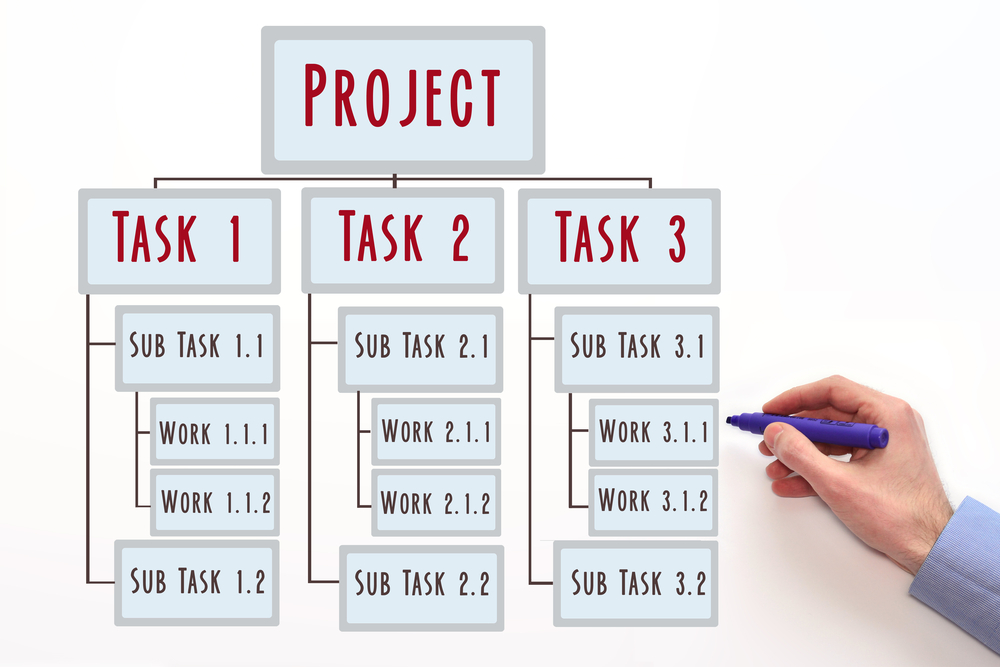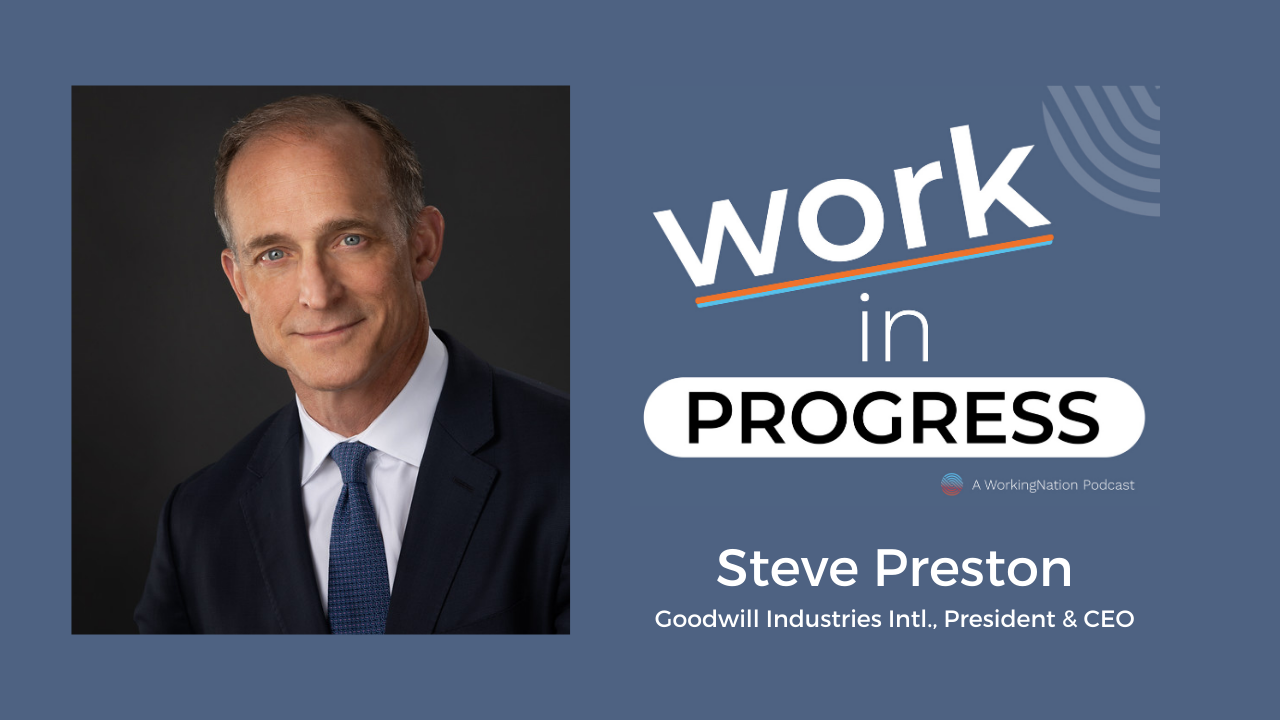Dr. Mark Goulston continues his featured series on advice for C-suite members. Dr. Goulston is an award-winning business psychiatrist, consultant for Fortune 500 companies and the best-selling author of seven books. His latest, Talking to Crazy: How to Deal with Irrational and Irresponsible People in your Life can be found on Amazon. Catch up on Dr. Goulston’s previous articles here.

Several years ago, I attended a workshop entitled: “Leading Through Change,” by Walter McFarland, a former Board Chair of the Board of Directors at ASTD (American Society for Training and Development) at the Global NACD Summit 2015 (National Association of Corporate Directors).
Walter was an excellent presenter and is also co-author, with Susan Goldsworthy, of Choosing Change: How Leaders and Organizations Drive Results One Person at a Time. In that book and throughout his presentation, Walter described how to move leaders and organizations through Disruption to Desire, Discipline, Determination and Development.
During the question and comments section that followed his talk, I put myself in the shoes of employees in organizations, raised my hand and said, “Walter, thank you for a great presentation, I think an important additional consideration is how to lead through fear.”
Walter agreed completely and extemporaneously elaborated on what that meant to him.
When people are afraid of rumors, downsizing and not knowing if they’ll have a job in six months, their minds constrict and their ability to comprehend, understand, learn and listen is reduced. In that setting, what they need are crystal clear lockstep rules that, if followed, will demonstrate a pathway through their fears and enable them to psychologically survive and thrive through change.
At our consulting, coaching and advising company, the Goulston Group, our Mission statement is: “We Create Gotta Have It.”
That means that when you offer customers, investors, talent (you want to attract) and your employees a simple formula for what they all need, want and “gotta have” (and with no wiggle room between the steps):
- Customers think, “I gotta have it.”
- Investors think, “I gotta invest there.”
- Talent thinks, “I gotta work there.”
- Employees (for the sake of this article) think, “I feel safer and I commit to learning and doing that.”
Here are six steps –with a brief description of each– that accomplish the above and will especially help CEOs to help employees to feel safe enough to stay committed when fear of upcoming change that will negatively impact them is widespread. Clarity and specificity about what is expected of them and why will go a long way to help ease employees’ fears.
By the way, most employees’ can’t stand words like Vision, Mission, Goals and Culture when their minds are constricted because they’re too abstract, which explains the reason for the following six words, which employees immediately grasp:
- Needs
- Results
- Strategies
- Tasks
- Skills and Resources
- Casting

1. Needs
Not everyone has goals, but everyone has needs.
For the majority of people in a company, the word “goal” is confusing and daunting. It’s easy for CEOs to use the word because they are not the “boots on the ground” people having to execute it and that run into a myriad of obstacles inside and outside the organization when trying to get things done. Managers and HR directors who are charged with getting results through people know all too well what we are talking about.
That is why if you ask people two levels down from the C-suite their goals they often hem and haw or just throw out some number to get their boss off their back. There are generally three needs for any company that everyone in the company will understand, agree with and accept:
A: To make money — to pay for overhead, grow and provide a return on investment to investors
B: To consistently exceed (a.k.a. delight) customer, client, investor, employee and community expectations.
C: To fully engage employees to enthusiastically commit to fulfilling “A” and “B.”

2. Results
Identify what result(s) which if achieved will fulfill the three above needs.
For most companies, it is “B” above. When your company greatly and consistently exceeds expectations of all stakeholders, that company will make money (unless it is poorly managed) to invest in growth and satisfy investors AND pay (vs. making excuses for not being able to) employees.
Furthermore, employees will love working for a company that delights and excites versus frustrates and disappoints customers and clients. For example, when Apple creates products that are relevant to their end users’ needs: simple, reliable and beautiful, it consistently creates a “gotta have it” response in consumers where you don’t even have to sell them, you just take sales orders.
That translates to more revenue, more profit and a greater guarantee of future employment to employees.

3: Strategy
Identify which plan will generate those results.
For Apple, it has been to build great products. For the CEO of any company that involves creating and building products and services that will generate the following responses in consumers that translates into: “Gotta have it!” (see this Cheddar video explaining what follows):
A: “Whoa!” – “I can’t believe what I just saw, heard, read and feel” about a new product or service. “Whoa!” disrupts and breaks into consumers’ minds to get their attention. As for example was the reaction of consumers to the Apple iPhone X.
B: “Wow!” – “That’s astonishing! Amazing! Unbelievable!” “Wow!” generates immediate excitement, enthusiasm and a catalyst for the next step.
C: “Hmmm…” – “This is too good not to buy. This is too good to ignore. I’m already thinking of the things I can do with it!” “Hmmm…” causes consumers stop and think more about a product or service. It’s a way of the initial excitement passing the “think test,” meaning that after they think about it, they’re still excited about the product or service.
D: “Yes!” – “I can exactly and specifically see where and how I will use that product or service. “Yes” leads to thinking, “SOLD, do you accept credit cards or PayPal?”

4. Tasks
These are the specific actions that need to be taken to fulfill the strategy above.
For Apple it is to research, design and manufacture products that are simple, reliable and beautiful and execute marketing and sales to take them into the marketplace.

5. Skills and Resources
Identify the skills and ability to access resources of employees needed to be able to complete the tasks above.
With Apple, that includes design, engineering, technical, marketing and sales skills. It also involves people from a particular specialty being able to identify and access additional resources beyond the skills that they will need to perform the tasks above.

6. Casting
Identify, hire and place people with the skills, ability to access resources and a track record of successfully doing both to perform the tasks above.
This might include discovering someone in one department with amazing skills that aren’t being used and moving them to another department to make the most of their potential value to the company. Most of this is under the aegis of the talent recruitment and Development.
RELATED STORY: (Un)Happy Holidays: A time for cheer and a time for layoffs. Don’t be a Scrooge this season
These six steps and the entire: “Ten steps for Building a Successful and Lasting Company,” (more information is available by emailing: [email protected] and putting: “Ten Steps” in the aubject line) help ease employee fears because it helps them to see where what they do fits in with the company and also gives them a guide for developing the skills necessary to continue to be employable by that company and/or other companies they may move to.
If culture eats strategy for lunch, clarity eats culture and strategy for dinner.
Addendum: CEOs we have worked with have found the “Ten Steps for Building a Successful and Lasting Company” a highly useful tool for:
- Easing employees’ fears and building their confidence.
- Improving organizational culture because everyone knows what, how and why the company is doing what it is doing.
- Increasing investor confidence because it demonstrates to them how the company is doing what it does to succeed
Organizations and companies hire the Goulston Group when they want to create a “gotta have it!” (= increased revenue and selling without selling) response in all their stakeholders and for help with all their non-technical needs (leadership, management, culture, increasing cooperation, breaking down silos, etc).
For more information visit: Goulston Group or contact us at [email protected]. And for additional resources that will help you as a leader, click on “Free Resources” and provide your email (which will never be shared with anyone).
Join the Conversation: How have you dealt with times of change and disruption? Tell us your story on our Facebook page.










